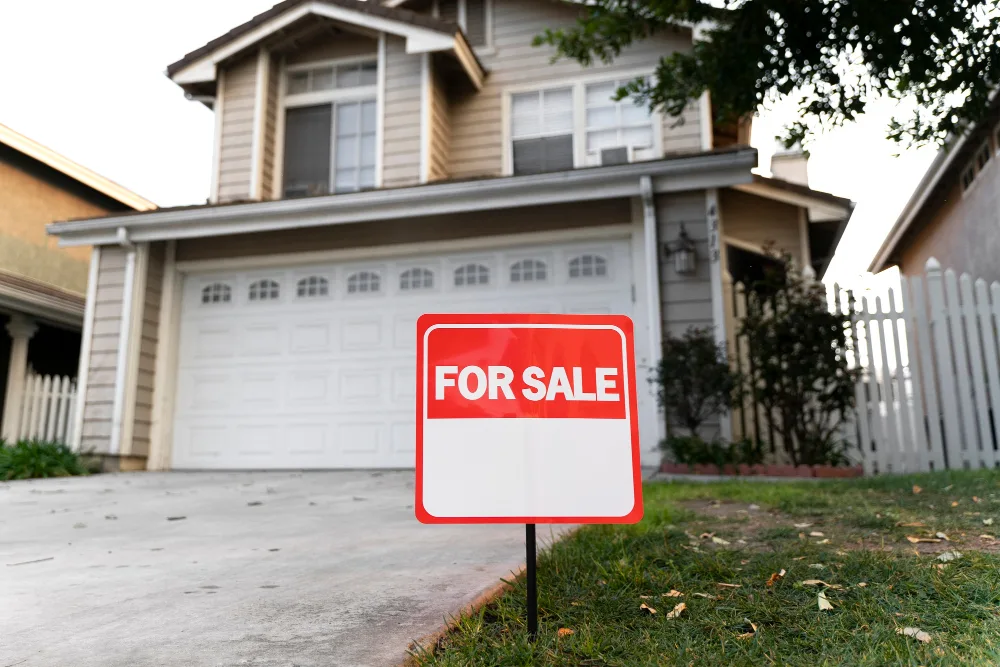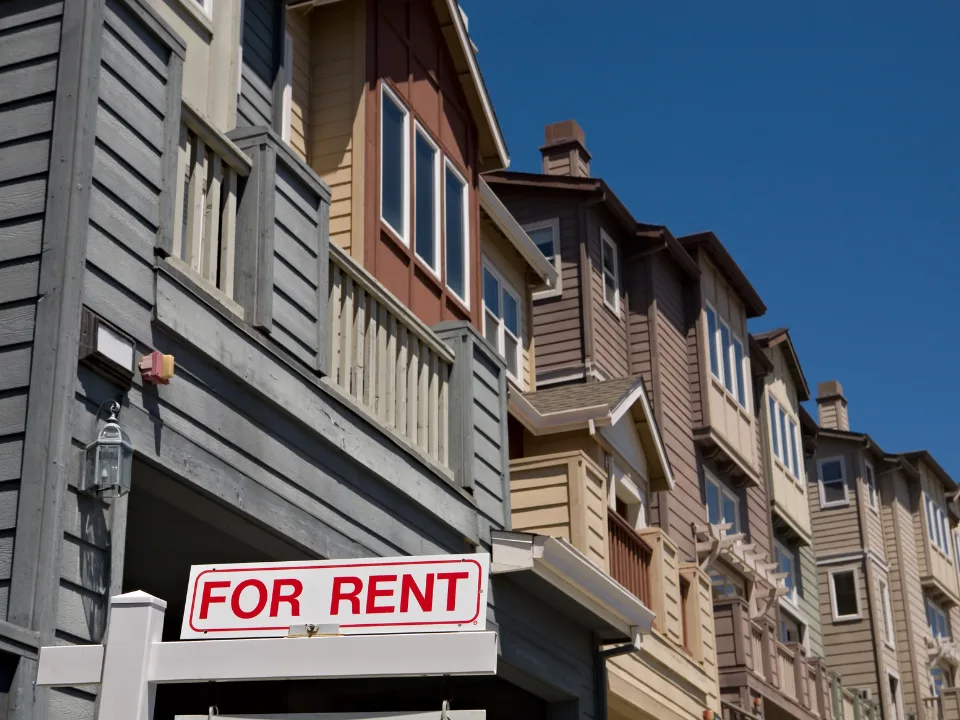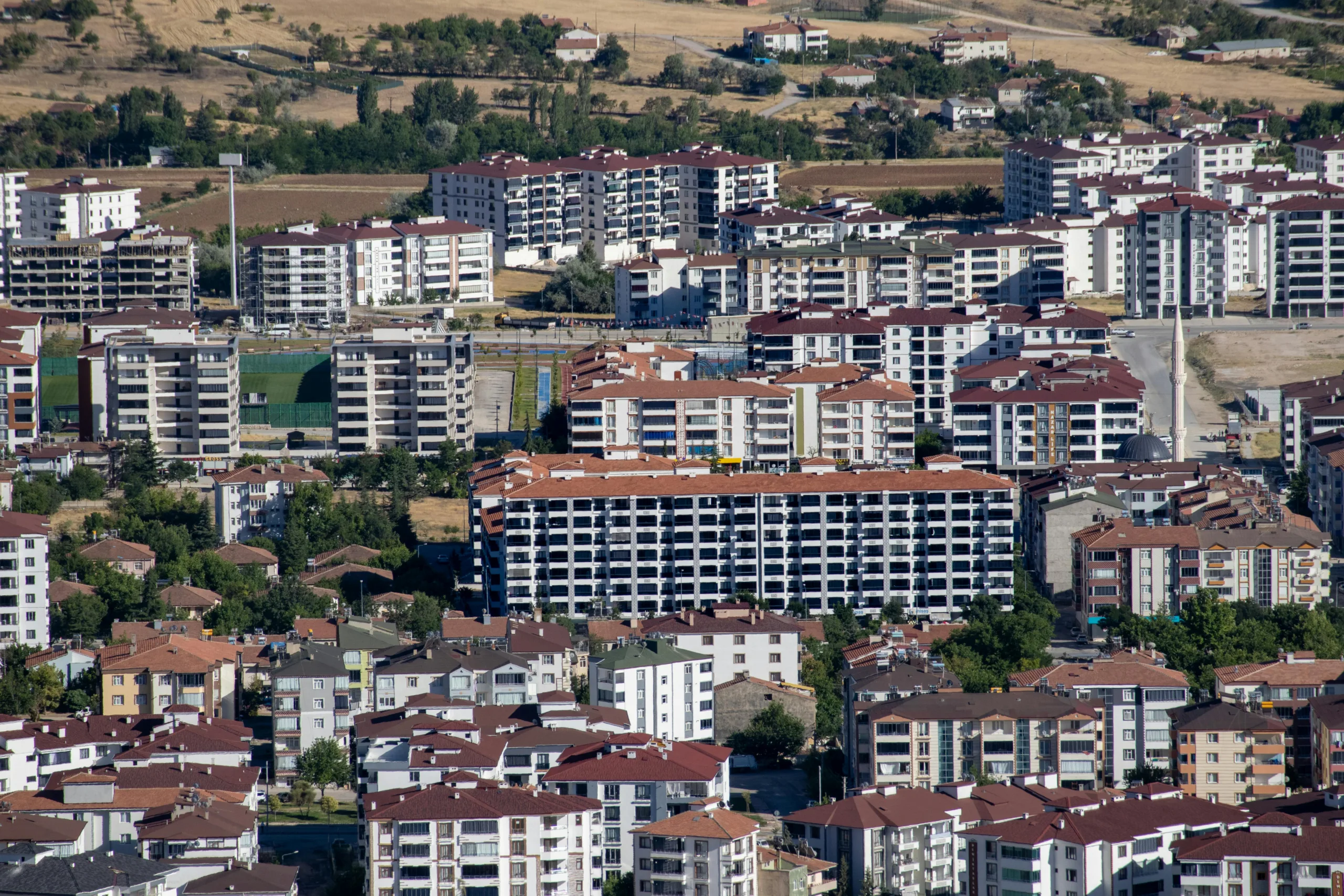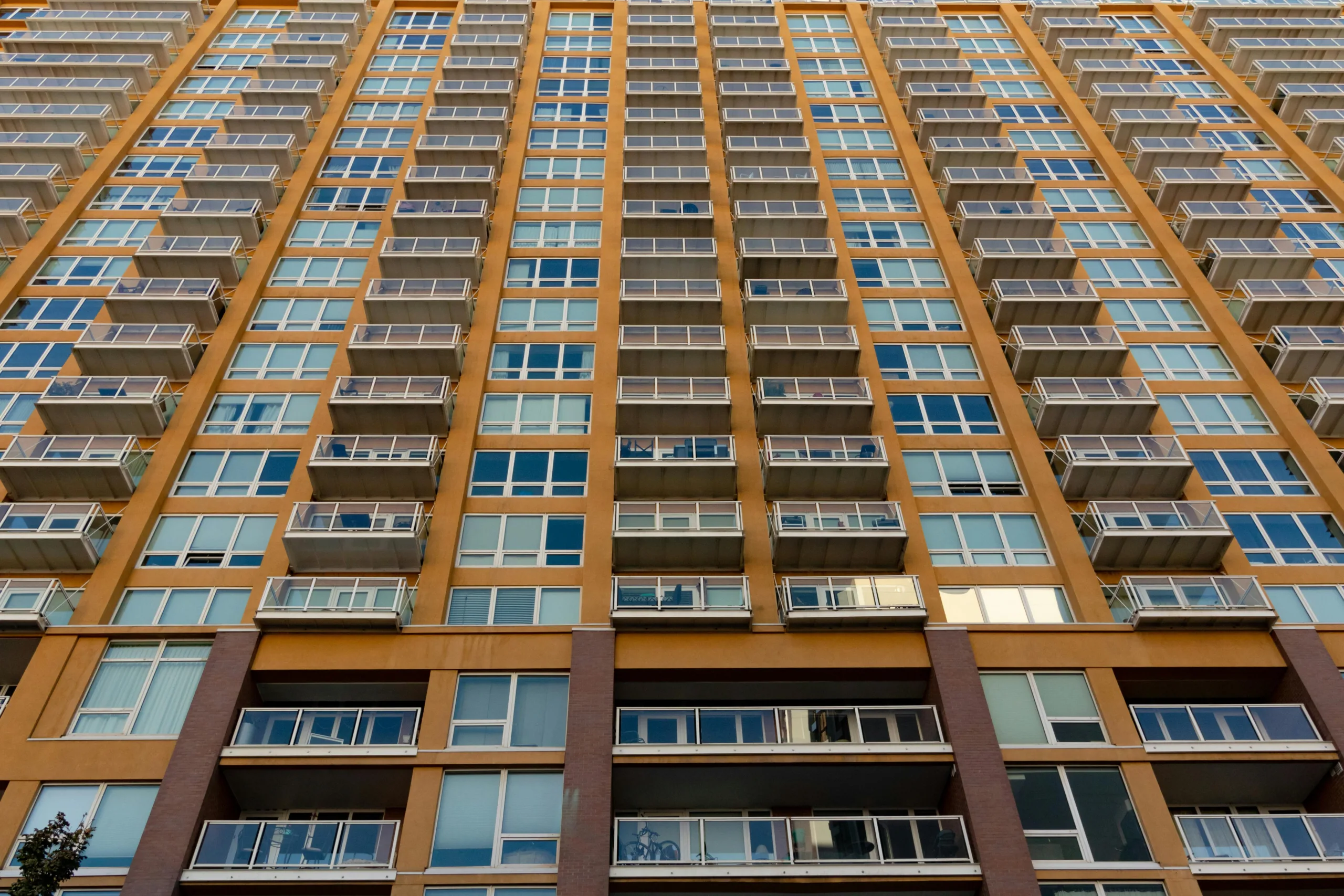- Rent control outcomes vary by city, affecting property values, tenant turnover, and housing supply.
- New York City saw a 30% drop in multifamily values after 2019 reforms. Many small landlords are leaving units vacant due to low returns.
- California’s rent cap slowed rent growth and hurt values in some markets but did not stop new building.
- Minneapolis and St. Paul offer a clear contrast. A free-market approach in Minneapolis increased supply and kept rents stable, while strict controls in St. Paul hurt development.
Rent Control’s Uneven Impact
According to GlobeSt, rent control is meant to keep housing affordable. But its effects differ from city to city. Trepp’s report looked at how these laws affect rent levels, building values, and new development.
Rising Costs, Fewer Rentals
New York City passed new rent laws in 2019. These rules stopped large rent hikes and vacancy resets. Since the rent control laws took effect, property values for regulated buildings have fallen 30%. About one in four small landlords now keep regulated units empty. Rents are below market rates, but many owners say it’s hard to cover costs or fund repairs.
Get Smarter about what matters in CRE
Stay ahead of trends in commercial real estate with CRE Daily – the free newsletter delivering everything you need to start your day in just 5-minutes
Long-Term Tenants, Lower Values
California’s 2019 law capped rent increases at 5% plus inflation. It applies to older buildings. In San Francisco, controlled buildings sell for less than free-market ones. Under rent control, tenants in these units often stay longer, but many landlords are turning rentals into condos. This has shrunk the pool of rental homes. In Los Angeles, values are slightly lower, and rents for controlled units are far below market rates. Still, new building has not slowed much.
Two Paths, Two Outcomes
Minneapolis and St. Paul show how policy choices shape outcomes. Minneapolis added 12% more homes between 2017 and 2022. Rent rose just 1% in that time. St. Paul passed strict rent controls in 2022. Since then, building values have dropped and fewer new rentals are being built. The city added fewer than 300 new units in 2024, down from almost 1,000 per year.
Portland vs. Portland
In Oregon, statewide rent caps have had little effect on property values. Rents have risen slowly, and most buildings remain full. But supply is still tight. In Maine, Portland’s 2020 rent law tied increases to inflation and banned rent resets. This lowered property values and slowed new construction. Rents remain stable, but the future supply of homes is in doubt.
Final Thoughts
Rent control helps many tenants in the short term. But it can lower building values and reduce new housing. Cities like Minneapolis show that growing supply may be a better path to long-term affordability.


















